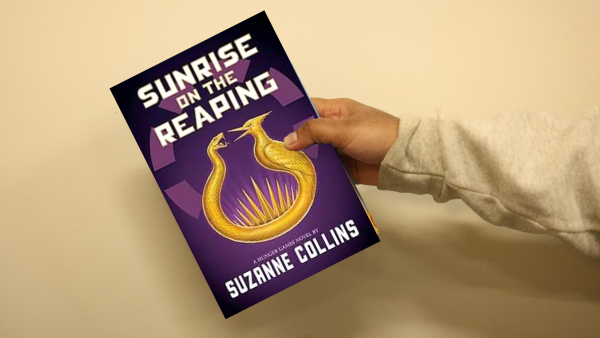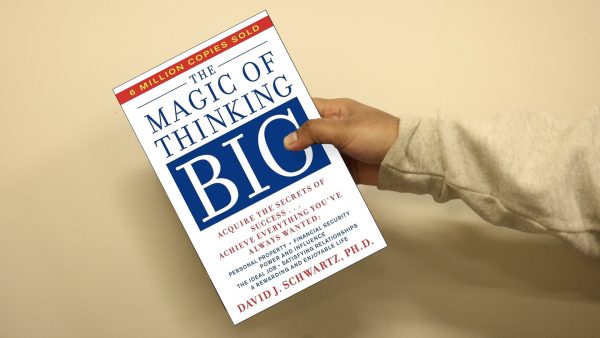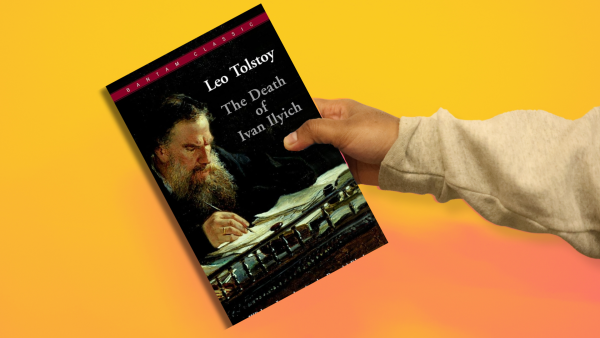Communities Like Glaciers, A Study of the Ebbs and Flows of Isolated Small Towns in “Disappearing Earth”
In Northeast Russia, there is an area known as Kamchatka, which sits triangularly between Alaska and Northern Japan. It is a remote peninsula characterized by harsh tundras, indigenous peoples and small, tight-knit communities. When two young sisters disappear one August morning, the safety of this secluded community is disrupted, bringing to life an expansive, year-long journey to find the girls. A spectacle of multiple-perspective storytelling, Julia Phillips’ “Disappearing Earth” is an intriguing look at how communities come together and break apart during times of tragedy.
At 31-years-old, author Julia Phillips is a Fulbright Fellow whose work has appeared in the New York Times and the Paris Review. While “Disappearing Earth” is her debut novel, Phillips crafts the novel with a seasoned writer’s precision and ferocity. The novel’s interwoven, sweeping structure is experimental, drawing from Jennifer Egan’s “A Visit from the Goon Squad,” while digestible and not-too-distant from reality. Phillips guides readers through these small communities with an unforgettable vibrancy that makes the novel’s sizable list of characters easy to remember. In doing so, Phillips is able to comment on the “missing girl” trope in film and literature, creating a distinct, new retelling of this overused trope.
The novel begins with a third-person narrative focused on the two lost girls Sophia and Alyona. Their disappearance culminates in the proceeding chapters as a ripple effect of devastation and intrigue that sweeps throughout Kamchatka. As their mother grieves and townspeople are frightened, readers watch as everyone in the community, from the sisters’ classmates to local detectives, explore the implications of breached safety on a small community.
In doing so, their own mother beautifully says, “It hurts too much to break your own heart out of stupidity, to leave a door unlocked or a child untended and return to discover that whatever you value most has disappeared. No. You want to be intentional about destruction. Be a witness. You want to watch how your life will shatter.”
It is this impactful writing that makes “Disappearing Earth” so unforgettable. While the story of Sophia and Alyona’s disappearance is nothing spectacularly new, Phillips’s construction of the investigation and gossip of their community is what distinguishes her novel from others like it. Her ability to ask questions about society and the human condition is breathtaking: in a time when the age of isolationism feels inevitable, how do nations, neighbors and people connect?
Phillips explores these questions in her writing, asking readers to consider how they are separated from their neighbors despite technology and close proximity. Just as Russia and America are nearly neighbors, how have we become so incredibly at odds with one another despite our shared interest for prosperity? And even in America, how have waves of conservatism come crashing down on our country, leaving some stranded at sea and others drowning? Throughout the novel, these questions circulate in the failures and triumphs of many of the novel’s characters and produce a story with vivid, real-world implications.
Although Phillips never perfectly answers these questions — despite her exceptional prose — “Disappearing Earth” is a remarkable debut about what unites a community. As Phillips beautifully dissects Kamchatka’s social complexities in isolation, readers begin to understand a global truth about literature, love and the journey for truth.













































































































































































































